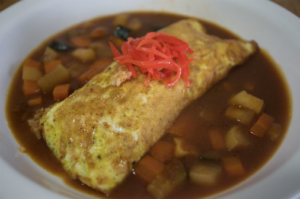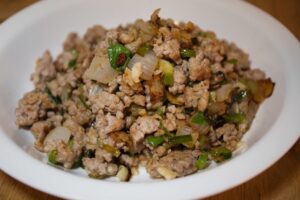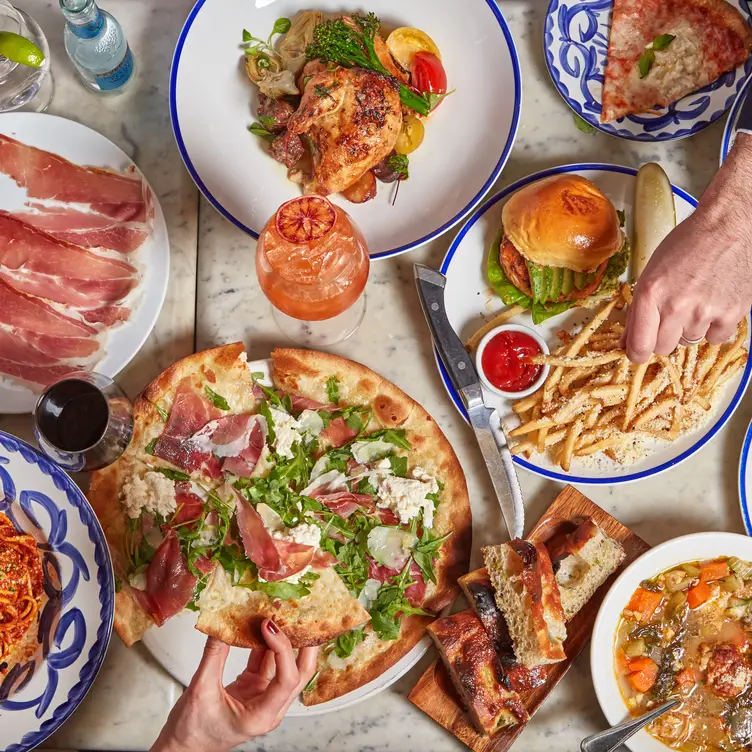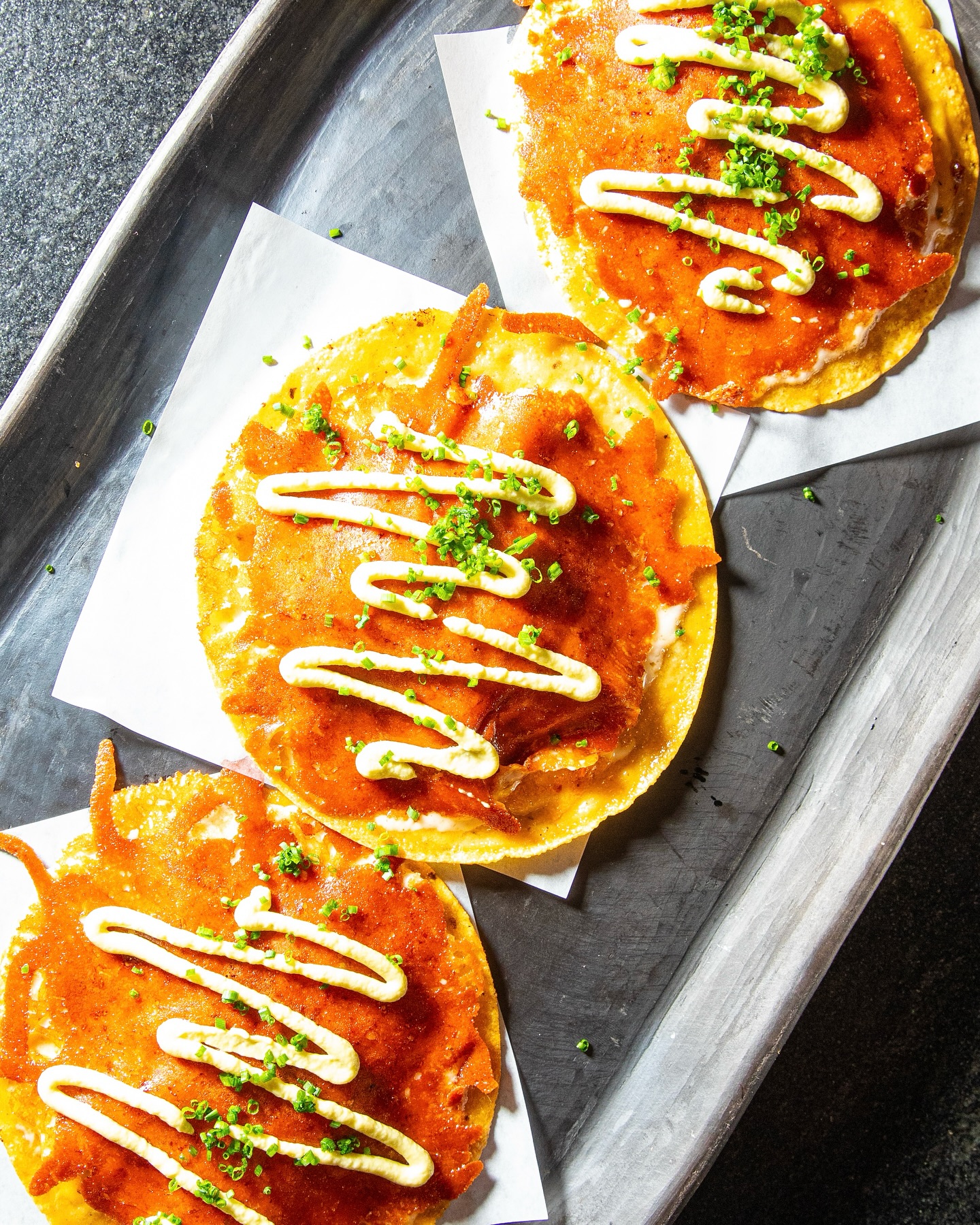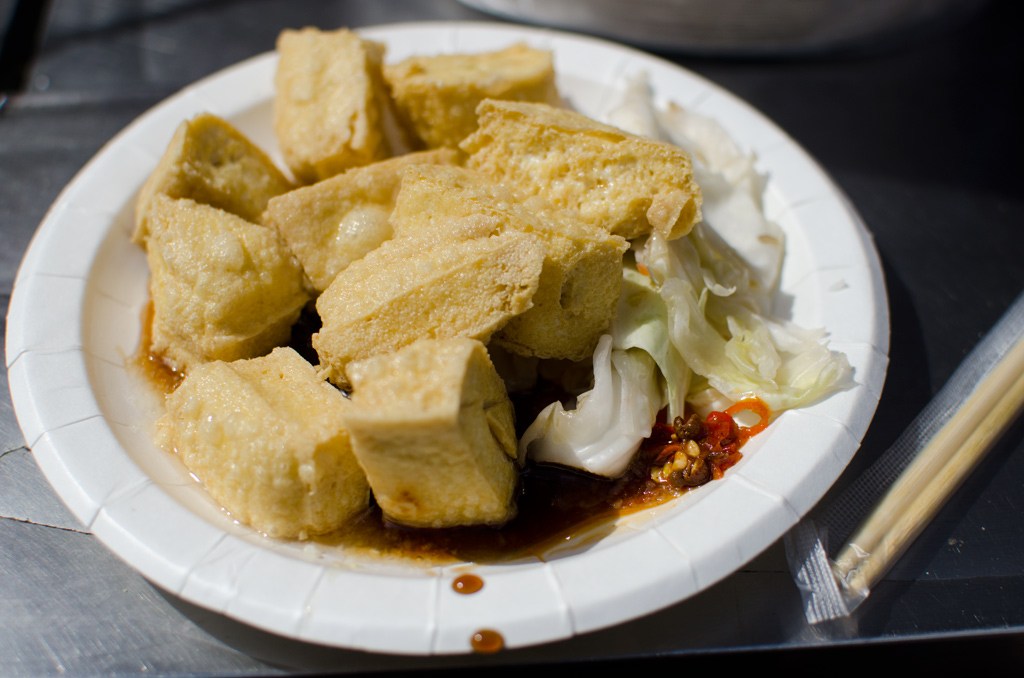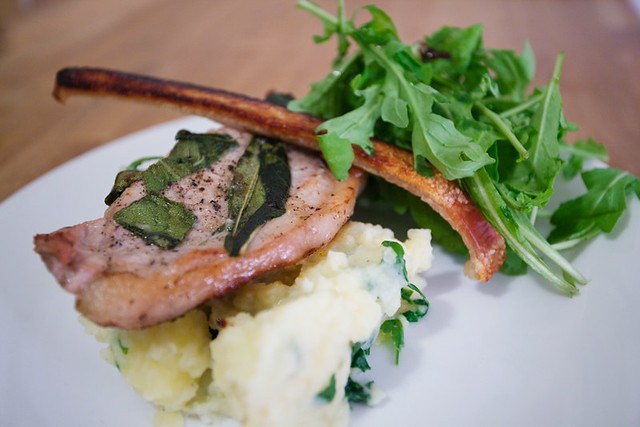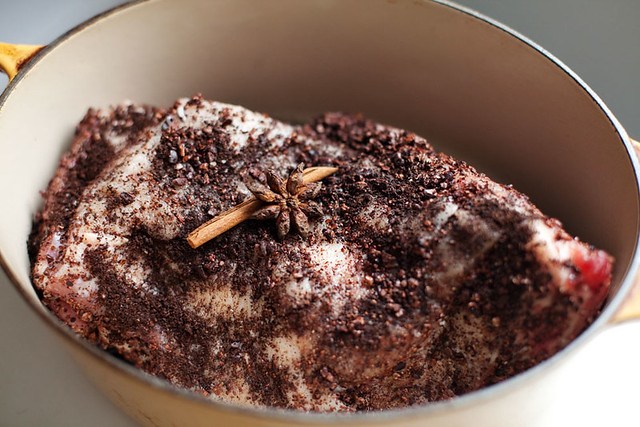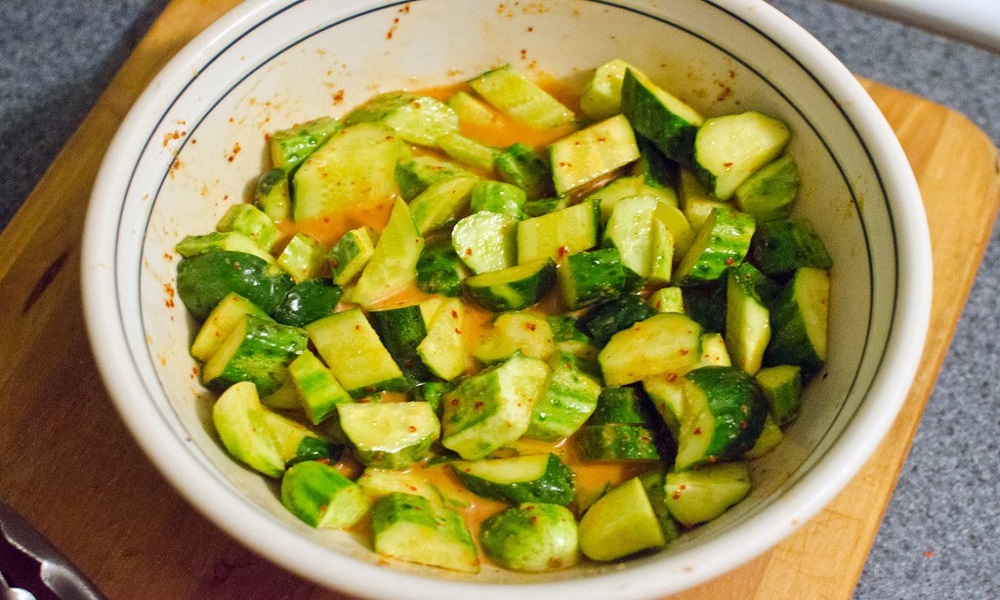Standing at the rim of one of the world’s seven natural wonders, the last thing most travelers expect to contemplate is French fries. The Grand Canyon, consistently ranked among the best vacation spots in the USA, hides a deliciously unexpected sustainability story.
The magic begins when leftover vegetable oil from Grand Canyon restaurants gets a second life. It powers Locomotive No. 4960, a 1923 Baldwin Locomotive Works engine affectionately dubbed the “French Fry Express.” This isn’t some modern gimmick dressed up in vintage clothes. This is American ingenuity meeting environmental responsibility on tracks over a century ago.
When Yesterday’s Waste Becomes Tomorrow’s Wonder
The romance hits you before the first note plays: sweeping vistas of the park’s profound majesty pass by while musicians roam the aisles. They serenade passengers with nostalgic sounds of the Old West. The romance hits you somewhere between the harmonica’s wail and the gentle sway of vintage rail cars. Then the aroma hits—that unmistakably warm scent of French fries lingering in the mountain air.
That’s your cue that you’re riding something special. Each locomotive uses about 1,200 gallons of 100% renewable vegetable oil waste per 130-mile round-trip journey. This oil would otherwise end up in landfills. Now it carries you through high-desert scenery toward one of America’s most iconic destinations, often listed among the most dangerous tourist attractions you can visit, due to its dramatic cliffs and adventurous trails.
The transformation happened in 2009, when environmental concerns had temporarily silenced the historic steam engines entirely. Xanterra brought its historic locomotives back to the rails — this time running on carbon-neutral vegetable oil waste collected from Xanterra’s restaurants.
The machine has a neutral carbon footprint because it uses recycled fuel and captured snow melt for water in the boiler. It’s the kind of circular economy that makes you want to order a second helping, knowing it might fuel your journey home.
The Ecosystem of Conscious Indulgence
But the Fry Oil Express is just one verse in the Grand Canyon’s sustainability ballad. Four of the park’s restaurants are Certified Green Restaurants, including the rustic El Tovar Dining Room with its four-star certification and canyon-edge views that have been making jaws drop since 1905.
These aren’t restaurants virtue-signaling with token gestures. The prep cooks earmark shrunken apples, melon rinds, and carrot shavings for veterinarian-approved mule meals through Operation Shrivelly Apples. Those 150 mules carrying visitors along canyon trails since the late 1800s dine on restaurant scraps that would otherwise hit the dumpster.
Even the mule manure gets repurposed. The Grand Canyon National Park Lodges compost over 700 tons of mule manure yearly. It’s a beautiful loop: your leftover fries fuel the train, your discarded apple cores feed the mules, and their waste enriches the high-desert soil.
The French Fry Express operates once a month on “Steam Saturdays”, but its impact ripples through every meal served at park restaurants. You’re participating in something larger than lunch when you sink your teeth into those perfectly salted fries at the Arizona Steakhouse or the Harvey House Café. You’re investing in a vision where comfort food and conservation dance together.




